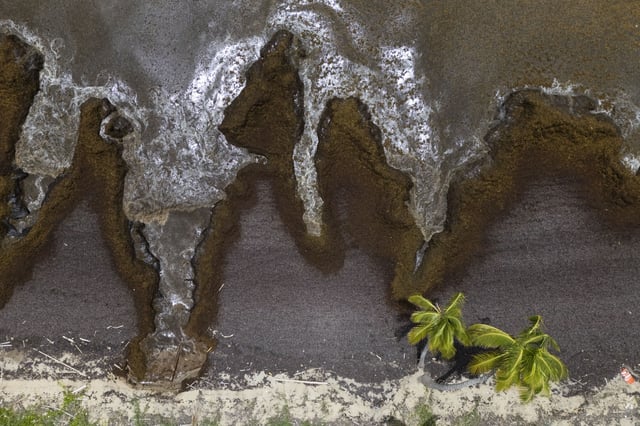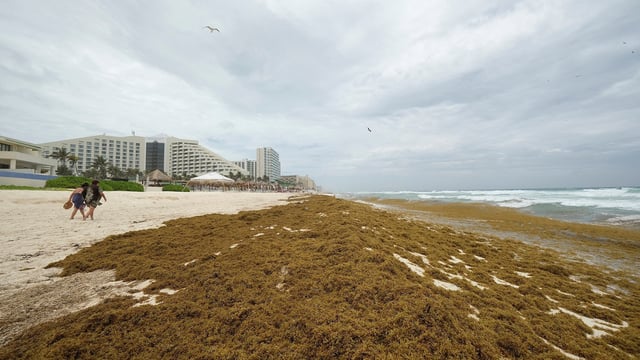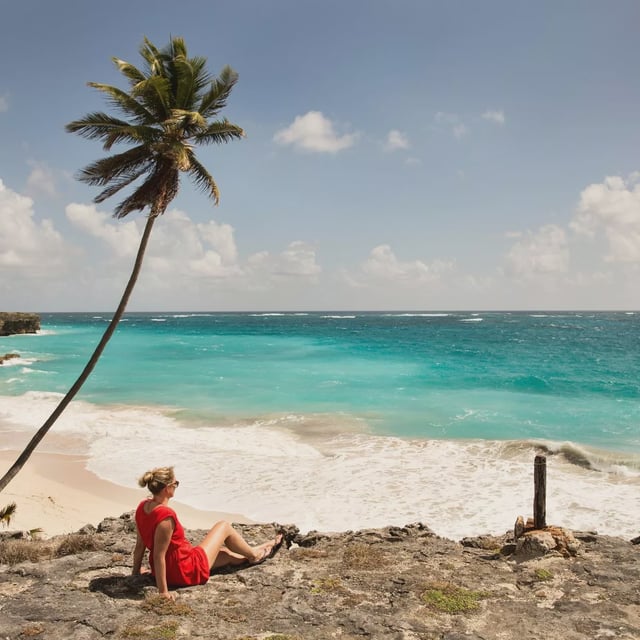Overview
- Satellite data show sargassum levels surged to 37.5 million metric tons in May, a 21 percent jump from April and the highest on record since 2011.
- Onshore decomposition is releasing hydrogen sulfide and ammonia that smother coral reefs and seagrass beds and create oxygen-deprived dead zones.
- Coastal economies from Puerto Rico to Barbados report hotel booking declines and Martinique closed schools as foul odors and air quality concerns mount.
- Researchers attribute the surge to deep-water nutrient mixing driven by shifts in currents and wind patterns rather than increased river runoff.
- Communities have deployed floating barriers, heavy-equipment cleanup crews and are planning specialized barges and collection vessels to manage the influx through June.



